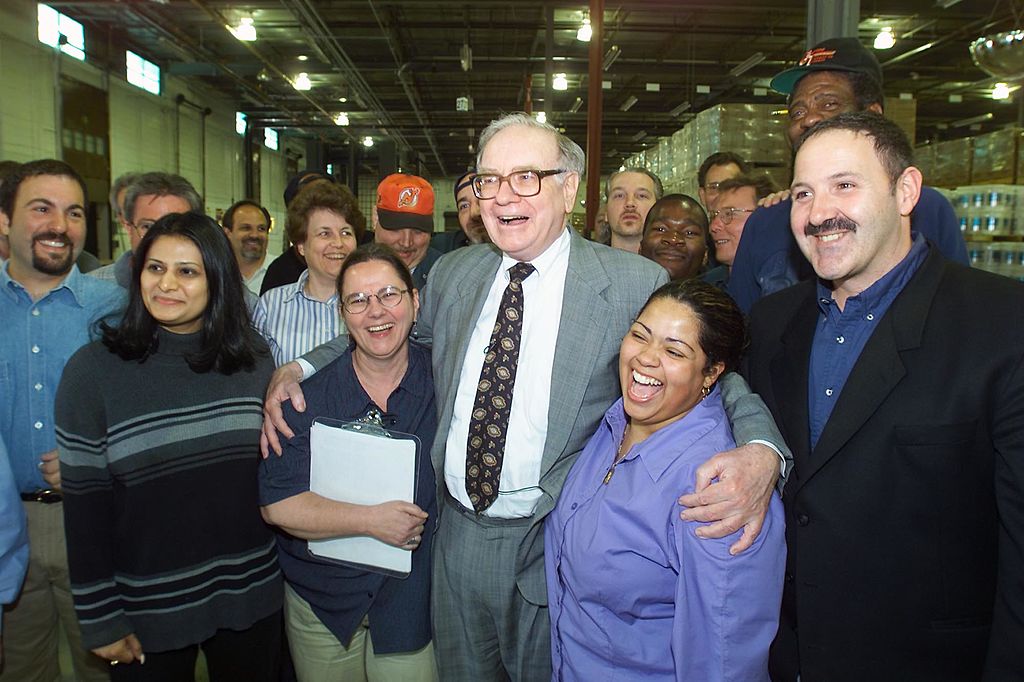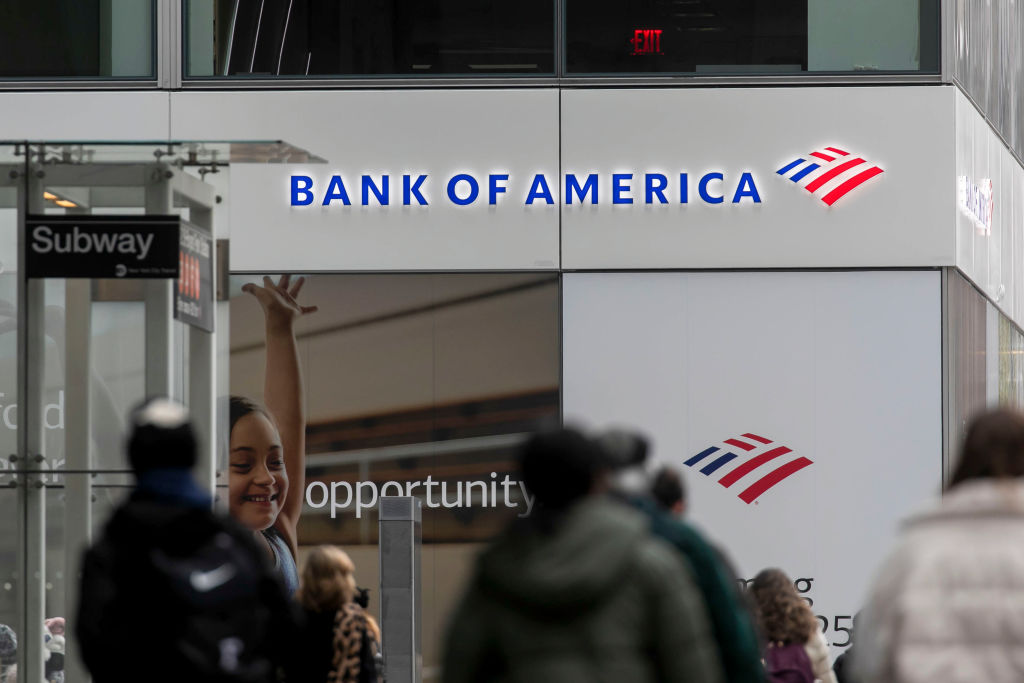How many of you are chewing a stick of Juicy Fruit now? Enjoying a "curiously strong" Altoid? Sucking on a Life Saver? Well, here's another treat you might like: The stock of Wm. Wrigley Jr. Co., the outfit that makes those confections.
Shares in Wrigley (symbol WWY) recently traded at $47, down from $54 at the start of the year and off some 20% from a 52-week high last fall of nearly $60 a share. At the current price, Wrigley stock trades at about 23 times estimated 2006 earnings -- its lowest valuation in years.
The stock has been weak since last summer's $1.5-billion purchase of the Life Savers and Altoids brands from Kraft Foods. The acquisition was expected to contribute modestly to earnings this year but now looks like it'll trim '06 profits instead. Analysts on average expect the company to earn $2 a share this year, up just 3.6% from '05 levels, compared with Wrigley's typical annual earnings growth rate in the 9% to 11% range.
From just $107.88 $24.99 for Kiplinger Personal Finance
Become a smarter, better informed investor. Subscribe from just $107.88 $24.99, plus get up to 4 Special Issues

Sign up for Kiplinger’s Free Newsletters
Profit and prosper with the best of expert advice on investing, taxes, retirement, personal finance and more - straight to your e-mail.
Profit and prosper with the best of expert advice - straight to your e-mail.
But the outlook is promising for patient investors. The new brands will enjoy Wrigley's much wider distribution network, increasing their presence in convenience stores, drug retailers and warehouse club stores. And Life Savers will see the first new products introduced in a decade, including Halloween and Easter-themed candies, as well as an orange mint flavor. Look for wintergreen and spearmint Altoids gum, and teeny-tiny Altoids Smalls, in wintergreen.
Meanwhile, Wrigley's core business is as healthy as ever. About 60% of profits come from overseas, where markets are expanding rapidly. Consider: On average, Americans chew about 170 sticks of gum per person, per year. But in Russia and the Ukraine, people chew just 40 to 50 sticks a year, and in China, just 12 to 15. Gum chewing will increase as incomes and distribution channels develop in those developing nations.
Wrigley is also cutting costs. For instance, even though 95% of Altoids sales are in the U.S., they'd been produced in the United Kingdom under Kraft. Now, production is moving to Georgia and Tennessee. Wrigley is also shuttering less efficient plants in Chicago and New Jersey, moving production to domestic facilities with capacity to spare.
Wrigley's efforts should start to pay off by the end of this year and into 2007. Analysts see earnings of $2.20 a share next year, a 10% increase, with Wrigley's earnings growing at 11% a year for the next three to five years.
There is one more important consideration before buying the stock. Earlier this month, Wrigley paid a special dividend that could ultimately concentrate more control of the company in the hands of Wrigley family members. Here's how it works: Wrigley investors are to receive one share of class B stock for every four shares of common stock they hold and one share of class B stock for every four class B shares they hold. The B shares, held widely by the Wrigley family, carry ten votes, compared with one vote per each common share. The catch: If and when shareholders sell those B shares, they will be converted to common shares, with the result that remaining holders of the B share will become more powerful with each sale. Such a lopsided voting arrangement generally gets low marks by today's corporate governance standards, and in most cases, we'd agree. But Wrigley executives say it allows the company to manage the business for the long term, and it's hard to argue with the fact that Wrigley has done just that for the two decades the dual share-class structure has been in place.
Last week, the company announced a plan to repurchase up to $500 million in stock, following completion of a $300 million buyback approved in 2004. That's a good sign, says a report from William Blair Co., suggesting that the company is confident in the future and thinks the stock is a bargain. If you're a patient investor with a long-term view, you'll think so, too.
--Anne Kates Smith
Profit and prosper with the best of Kiplinger's advice on investing, taxes, retirement, personal finance and much more. Delivered daily. Enter your email in the box and click Sign Me Up.
-
 Nasdaq Sinks 418 Points as Tech Chills: Stock Market Today
Nasdaq Sinks 418 Points as Tech Chills: Stock Market TodayInvestors, traders and speculators are growing cooler to the AI revolution as winter approaches.
-
 23 Last-Minute Gifts That Still Arrive Before Christmas
23 Last-Minute Gifts That Still Arrive Before ChristmasScrambling to cross those last few names off your list? Here are 23 last-minute gifts that you can still get in time for Christmas.
-
 The Rule of Compounding: Why Time Is an Investor's Best Friend
The Rule of Compounding: Why Time Is an Investor's Best FriendDescribed as both a "miracle" and a "wonder," compound interest is simply a function of time.
-
 If You'd Put $1,000 Into Coca-Cola Stock 20 Years Ago, Here's What You'd Have Today
If You'd Put $1,000 Into Coca-Cola Stock 20 Years Ago, Here's What You'd Have TodayEven with its reliable dividend growth and generous stock buybacks, Coca-Cola has underperformed the broad market in the long term.
-
 If You Put $1,000 into Qualcomm Stock 20 Years Ago, Here's What You Would Have Today
If You Put $1,000 into Qualcomm Stock 20 Years Ago, Here's What You Would Have TodayQualcomm stock has been a big disappointment for truly long-term investors.
-
 If You'd Put $1,000 Into Home Depot Stock 20 Years Ago, Here's What You'd Have Today
If You'd Put $1,000 Into Home Depot Stock 20 Years Ago, Here's What You'd Have TodayHome Depot stock has been a buy-and-hold banger for truly long-term investors.
-
 What the Rich Know About Investing That You Don't
What the Rich Know About Investing That You Don'tPeople like Warren Buffett become people like Warren Buffett by following basic rules and being disciplined. Here's how to accumulate real wealth.
-
 If You'd Put $1,000 Into Bank of America Stock 20 Years Ago, Here's What You'd Have Today
If You'd Put $1,000 Into Bank of America Stock 20 Years Ago, Here's What You'd Have TodayBank of America stock has been a massive buy-and-hold bust.
-

 If You'd Put $1,000 Into Oracle Stock 20 Years Ago, Here's What You'd Have Today
If You'd Put $1,000 Into Oracle Stock 20 Years Ago, Here's What You'd Have TodayORCL Oracle stock has been an outstanding buy-and-hold bet for decades.
-
 How to Invest for Rising Data Integrity Risk
How to Invest for Rising Data Integrity RiskAmid a broad assault on venerable institutions, President Trump has targeted agencies responsible for data critical to markets. How should investors respond?
-
 If You'd Put $1,000 Into Sherwin-Williams Stock 20 Years Ago, Here's What You'd Have Today
If You'd Put $1,000 Into Sherwin-Williams Stock 20 Years Ago, Here's What You'd Have TodaySherwin-Williams stock has clobbered the broader market by a wide margin for a long time.